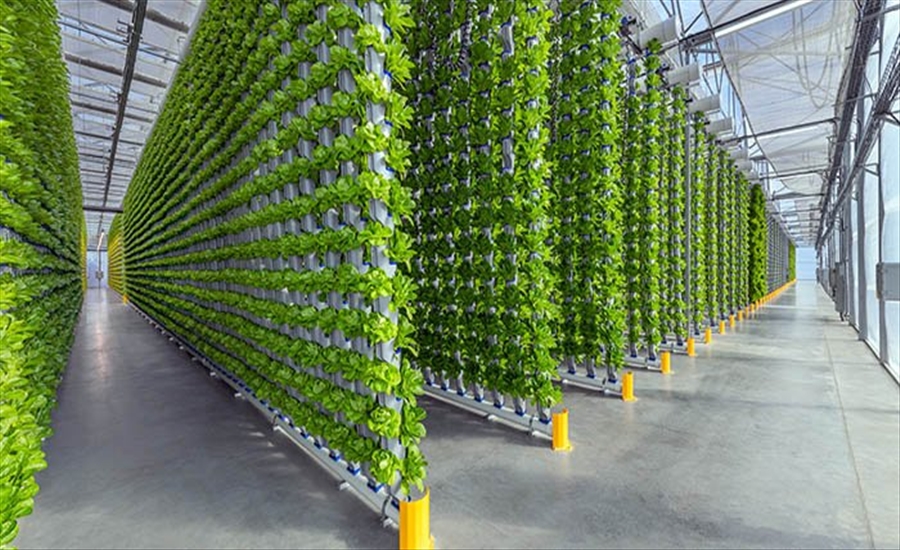A Smart Way to Grow More in Less Space-Vertical Farming

As land becomes limited and water becomes scarce, farmers need smarter ways to grow crops. One such modern solution is Vertical Farming. This technique helps farmers grow more food in less space and with less water. In this blog, you will learn what vertical farming is, how it works, and how it can benefit you.
What is Vertical Farming?
Vertical farming means growing crops in layers, one above the other—like shelves in a cupboard. It uses controlled conditions like temperature, light, and water supply. Most vertical farms are built in buildings or greenhouses.
It is different from traditional farming, where crops grow in soil and open fields. In vertical farming, plants often grow without soil, using water-based solutions (called hydroponics) or air/mist (called aeroponics).
Why Should Farmers Know About Vertical Farming?
Here are key reasons why vertical farming is useful:
1. Less Land Required
You don’t need big fields. You can grow more crops in a small area—even on your rooftop or inside a shed.
2. Water Saving
It uses up to 90% less water than traditional farming. This is very helpful in areas where water is limited.
3. No Need for Pesticides
Crops are grown in a clean, closed environment, so no harmful chemicals or pesticides are needed.
4. Year-Round Growing
You can grow vegetables and fruits all year because the environment is controlled.
5. Higher Yields
Because of better growing conditions, plants grow faster and give more produce.
How Does Vertical Farming Work?
There are 3 main systems used:
1. Hydroponics
Plants grow in water mixed with nutrients—no soil is used.
2. Aeroponics
Roots are sprayed with a fine mist of water and nutrients. It uses very little water.
3. Aquaponics
Fish and plants grow together. Fish waste gives nutrients to plants, and plants clean the water for fish.
What Can You Grow in Vertical Farming?
You can grow many crops like:
-
Leafy vegetables: spinach, lettuce, coriander
-
Herbs: basil, mint, tulsi
-
Fruits: strawberries, tomatoes
-
Microgreens
Is It Profitable for Small Farmers?
it depends on your budget and market.
Pros:
-
You can sell fresh and organic vegetables at a higher price.
-
Saves money on pesticides and water.
-
Can start on a small scale and grow slowly.
Cons:
-
Initial setup cost can be high (but grants and loans are available).
-
Needs electricity and some technical knowledge.
Government Support & Training in India
The Indian government supports hi-tech farming, including vertical farming, under schemes like:
-
PM-KUSUM
-
MIDH (Mission for Integrated Development of Horticulture)
-
State Agriculture Department subsidies
Visit your Krishi Vigyan Kendra (KVK) or local agriculture officer for help.

